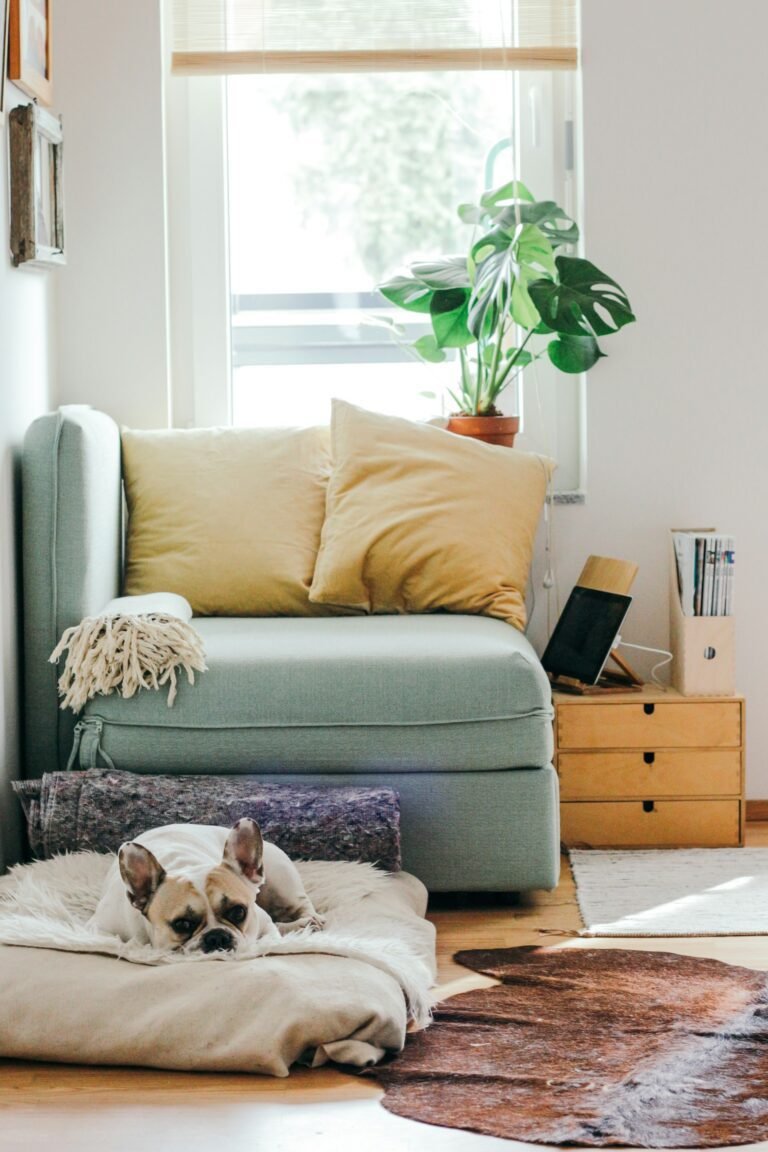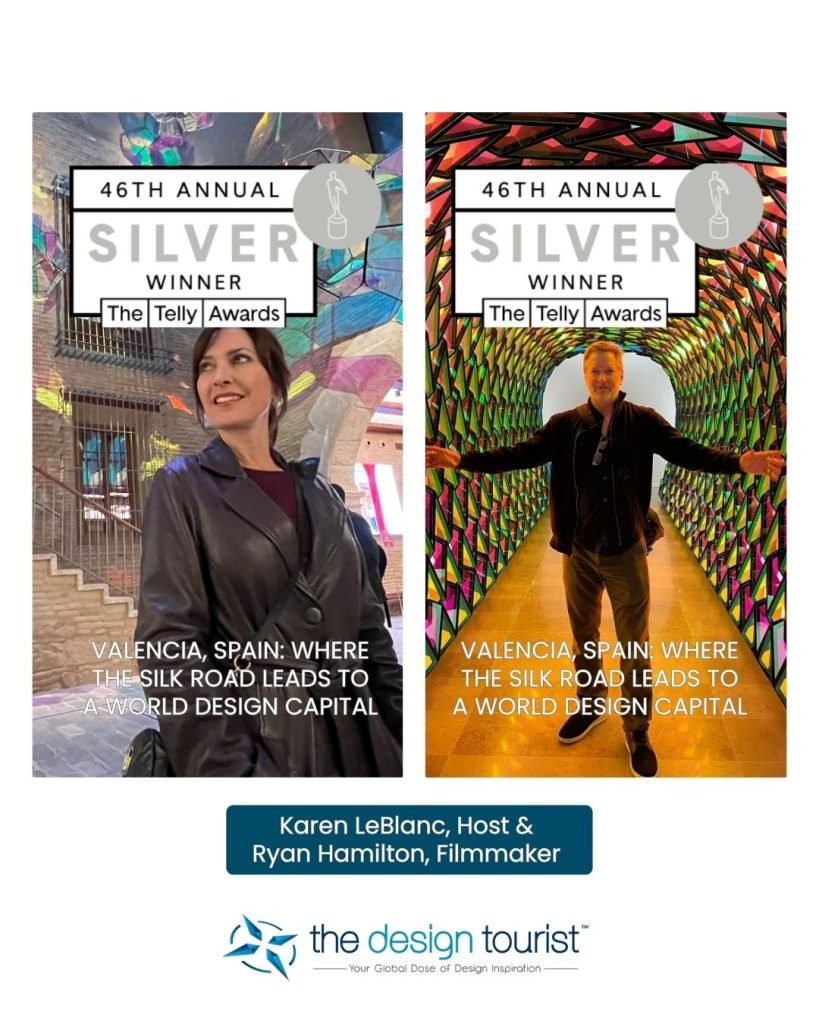There’s something magical about walking into a home that just feels right. The light seems to fall in all the right places, the colors invite calm, and every corner tells a story. It’s more than good design, it’s emotional harmony.
Our surroundings don’t just mirror who we are; they influence how we feel, think, and even how we live. When your space aligns with your values and lifestyle, it can reduce stress, inspire creativity, and improve your overall sense of well-being. In other words, your home has the power to transform your mindset, if you let it.
The Connection Between Design and Well-Being
Your environment has a direct impact on your mood. Studies in design psychology have shown that color, texture, and lighting can affect everything from focus to relaxation. Warm, natural hues tend to soothe the mind, while bright, airy spaces can spark motivation and clarity.
Think about the difference between a cluttered room and one that’s tidy, light-filled, and balanced. The latter seems to invite you to breathe a little deeper. That’s because design elements, even subtle ones, influence our nervous systems. When we create environments that flow well and reflect our emotional needs, we also create space for inner calm.
It’s not about chasing perfection. It’s about curating a space that supports your mental and emotional health, a home that feels like a deep exhale after a long day.
Start with a Mindful Decluttering Process
If design influences emotion, clutter is its biggest disruptor. Physical clutter leads to mental clutter, and it’s nearly impossible to relax or focus when you’re surrounded by unfinished tasks and visual noise.
Decluttering isn’t about minimalism for minimalism’s sake, it’s about making intentional choices. Go room by room and ask yourself: Does this item add value or joy to my life? If it doesn’t, it may be time to let it go.
Create three simple categories:
- Keep: Items that serve a purpose or bring happiness.
- Donate: Items that can benefit someone else.
- Store: Sentimental things that don’t need to be out every day.
The process is emotional but freeing. Once you clear away the excess, you’ll be amazed at how much mental clarity follows.
Design with Intention, Not Perfection
It’s easy to fall into the trap of chasing Pinterest-worthy perfection, the flawless living room, the trendiest furniture, the picture-perfect aesthetic. But true design magic happens when you create spaces that reflect your life, not someone else’s feed.
Ask yourself: What do I want to feel when I walk into this room?
If it’s peace: try soft neutrals, diffused lighting, and gentle textures.
If it’s energy: lean into vibrant colors, natural light, and bold artwork.
Your home should tell your story, your travels, your hobbies, your favorite memories. Whether it’s a wall of family photos or a shelf filled with meaningful trinkets, authenticity always beats imitation.
Light, Nature, and Energy Flow
Light and nature are two of the most powerful design tools for well-being. A room filled with natural light instantly lifts the mood, while plants bring life, texture, and cleaner air.
If your home lacks sunlight, experiment with warm bulbs, mirrors to bounce light, and airy curtains. Add greenery wherever you can, even a single potted plant can soften hard edges and create a sense of calm.
Pay attention to flow, too. A cluttered layout can make you feel stuck, while open, breathable spaces encourage energy and movement. Rearranging furniture for better balance often costs nothing, yet feels like a brand-new room.
When It’s Time for a Bigger Change
Sometimes, small tweaks aren’t enough. Maybe your kitchen feels outdated, or your living room lacks the light you crave. Upgrading your space isn’t just about aesthetics, it’s about improving daily comfort, functionality, and emotional well-being.
That could mean replacing dim lighting with skylights, investing in better storage, or giving your walls a fresh coat of paint that makes you smile every morning.
For homeowners ready to make meaningful updates, like improving natural light, reworking layouts, or transforming tired rooms, exploring financing options such as personal loans online can help bring those design dreams to life responsibly and within budget. It’s a practical way to invest in a home that supports your mental and emotional wellness without putting financial strain on your savings.
Your home is where life unfolds, it should evolve as you do.
Reflecting Your Inner World Through Design
Our homes are often reflections of our inner state. A calm, organized space can promote focus and relaxation, while a chaotic one might echo (and amplify) stress. The beauty of design is that it’s never fixed, it’s an ongoing dialogue between who you are and who you’re becoming.
Consider infusing your space with personal touches that represent your journey. Hang artwork that inspires you, display travel mementos that bring back happy memories, or add handwritten affirmations where you’ll see them every morning.
When your home feels authentic, it nurtures self-expression and confidence. It becomes less of a showcase for others and more of a sanctuary for you.
Small Design Habits for Daily Joy
Not every change requires a full renovation, sometimes happiness lives in the smallest details.
Try adding:
- A vase of fresh flowers or a single leafy branch in a sunny corner.
- A cozy reading nook with soft lighting and your favorite throw blanket.
- Aromatherapy candles or diffusers with calming scents.
- A clutter-free kitchen counter that makes mornings smoother.
- A “wellness corner”: a small space for yoga, journaling, or simply being still.
These micro-changes send daily signals to your brain: You’re safe, you’re grounded, you’re home.
Conclusion
Your home is more than four walls, it’s an extension of your story, your habits, and your heart. When designed intentionally, it can shift your mindset, enhance your mood, and bring harmony to your everyday life.
The beauty of design lies not in perfection, but in personalization, crafting a space that supports who you are right now while inspiring who you want to become.
So take a look around. What in your space lifts you up? What brings calm? What could you change to make every day feel a little more inspired?
Transform your home, and you just might transform your life, one room, one choice, one moment at a time.


































